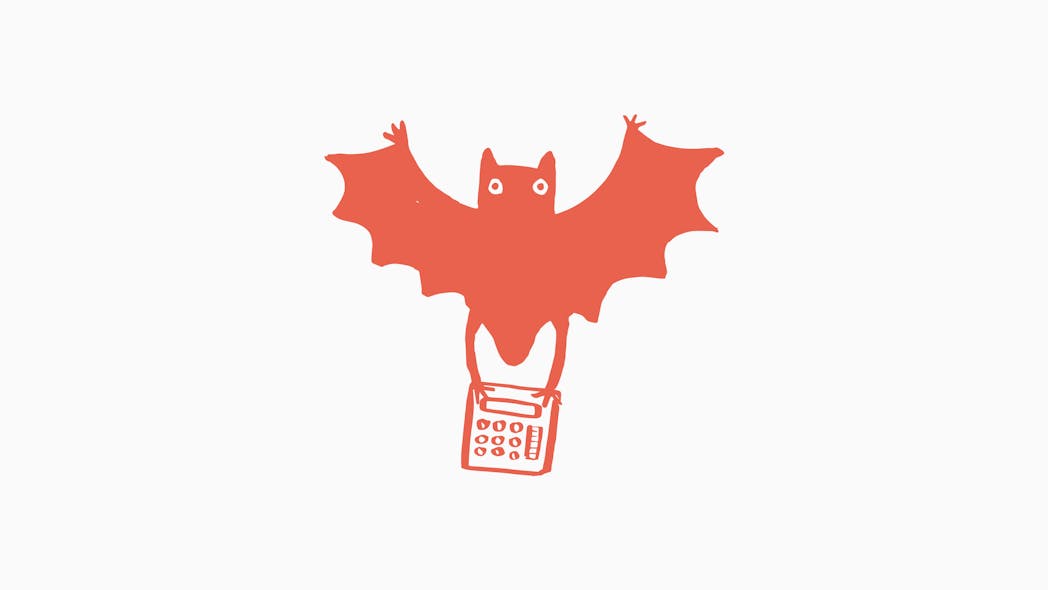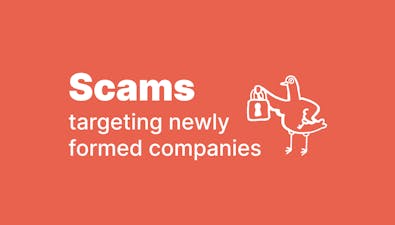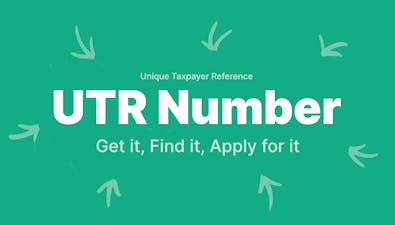
Should I be VAT Registered? A guide to VAT filing schemes


At some point most small businesses will have to decide whether to be VAT registered. We take a quick look at the pros and cons, as well as the most common VAT schemes available.


- In this article
- The key figure
- VAT schemes
The key figure
If your turnover for the next month is expected to be over £85,000 or if it totals more than £85,000 in the past 12 months (on a rolling basis) then you must register for VAT. However, you can still voluntarily register if your turnover is less than that.
The advantages of registering for VAT:
- You can reclaim VAT on purchases
- Your business will appear larger and more established
The disadvantages of registering for VAT:
- Increased paperwork and admin
- If you’re trading with non-registered traders, or traders who are VAT-exempt (or partially exempt) your product will be more expensive because your customers may not be able to reclaim the VAT.
VAT schemes
There are lots of different VAT schemes and we’re going to cover some of them in more detail in other blog posts. For now we’re going to look at three of the most popular schemes for small businesses:
Standard scheme
This is a fairly straightforward scheme. It’s calculated on the basis that VAT due on sales invoices minus VAT incurred on purchases gives you the amount of VAT payable to HMRC.
VAT returns are usually prepared on a quarterly basis, but monthly and annual reporting periods are also possible.
You might use the Standard scheme if your customers are prompt payers or if you receive immediate payment in a shop or online – you would get the income before you have to pay the VAT.
Cash accounting
Under this scheme VAT is calculated on the basis of income received from sales invoices minus the VAT on invoices paid during the period covered by the VAT Return.
You might use this scheme if you offer long periods of credit or have customers who are slow at paying up (it also ensures VAT is not paid on bad debts). It may also offer a cashflow advantage if your purchases don’t incur a significant amount of input VAT to offset against the output VAT on your sales.
Be aware that if your turnover exceeds £1.35 million you aren’t eligible to stay in the scheme and you’ll have to pay the VAT due on sales and purchase invoices to HMRC.
Flat Rate scheme
The Flat Rate VAT scheme was introduced in 2002 to stop small businesses from drowning in admin. You have to apply to join and you’re only eligible if your turnover is under £150,000. Once your turnover exceeds £230,000 you have to withdraw from the scheme.
The VAT is based on a fixed percentage of sales, with rates set by HMRC. If you spend less than 2% of their annual turnover or £1,000 per annum on goods or services, the rate is set at 16.5%. A discount of 1% is available in your first 12 months of trading.
The Flat Rate scheme may be particularly beneficial if you’re a freelancer who doesn’t buy many goods or services subject to standard rate VAT goods or services – for example if you’re a freelance contractor, a bookkeeper, a hairdresser or a beautician.
Open a business account in minutes







